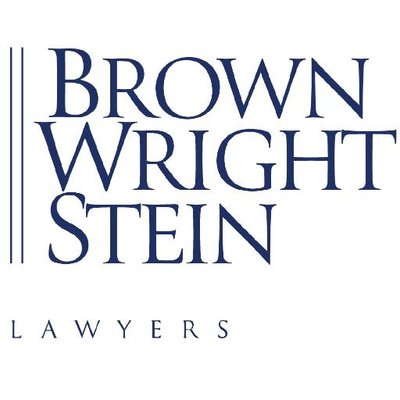Temporary insolvency relief extended until 31 December 2020
On 7 September 2020, the Australian Government announced that the temporary insolvency relief measures introduced on 24 March 2020 would be extended until the end of the year.
The temporary relief measures include:
Temporary higher thresholds and more time to respond to demands from creditors
Corporate insolvency
An increase in the threshold at which creditors can issue a statutory demand on a company, up from $2,000 to $20,000.
An increase in statutory time frame for a company to respond to a statutory demand, up from 21 days to 6 months.
Personal insolvency
An increase in the minimum amount of debt required for a creditor to initiate bankruptcy proceedings against a debtor, up from $5,000 to $20,000.
An increase in the time period a debtor has to respond to a bankruptcy notice, up from 21 days to 6 months.
An extension of the period of protection a debtor receives after making a declaration of intention to present a debtor’s petition, up from 21 days to 6 months.
Temporary relief from a director's personal liability for trading while insolvent
A director is relieved of their duty to prevent insolvent trading for 6 months in respect of any debts incurred in the ordinary course of the company's business.
Directors' Duties
Despite temporary relief from the insolvent trading provisions, directors are still required to comply with their statutory and common law director duties. These duties include the duty:
to exercise powers and duties in good faith in the best interests of the company and for a proper purpose;
to exercise powers and duties with care and diligence; and
not to improperly use information or position to gain an advantage or cause detriment to the company.
If you require further information regarding the changes to insolvency laws, or would like to discuss your specific situation, please contact our insolvency, bankruptcy and restructuring or commercial teams for more information.
The material in this article was correct at the time of publication and has been prepared for information purposes only. It should not be taken to be specific advice or be used in decision-making. All readers are advised to undertake their own research or to seek professional advice to keep abreast of any reforms and developments in the law. Brown Wright Stein Lawyers excludes all liability relating to relying on the information and ideas contained in this article.
contact
Charles Cheah
Partner
E cjc@bwslawyers.com.au
P 02 9394 1034
Chris Wilkinson
Partner
E cdw@bwslawyers.com.au
P 02 9394 1036



